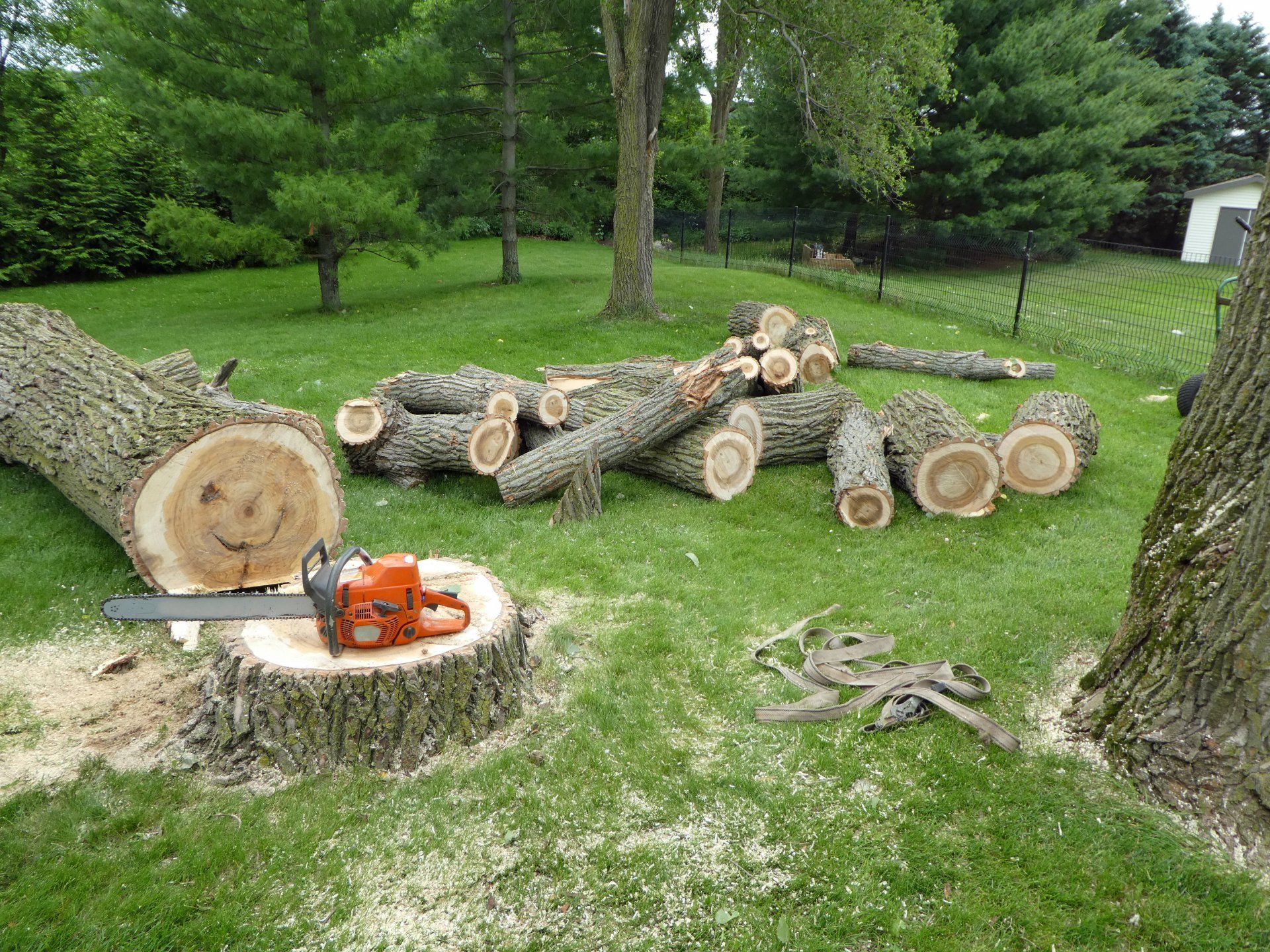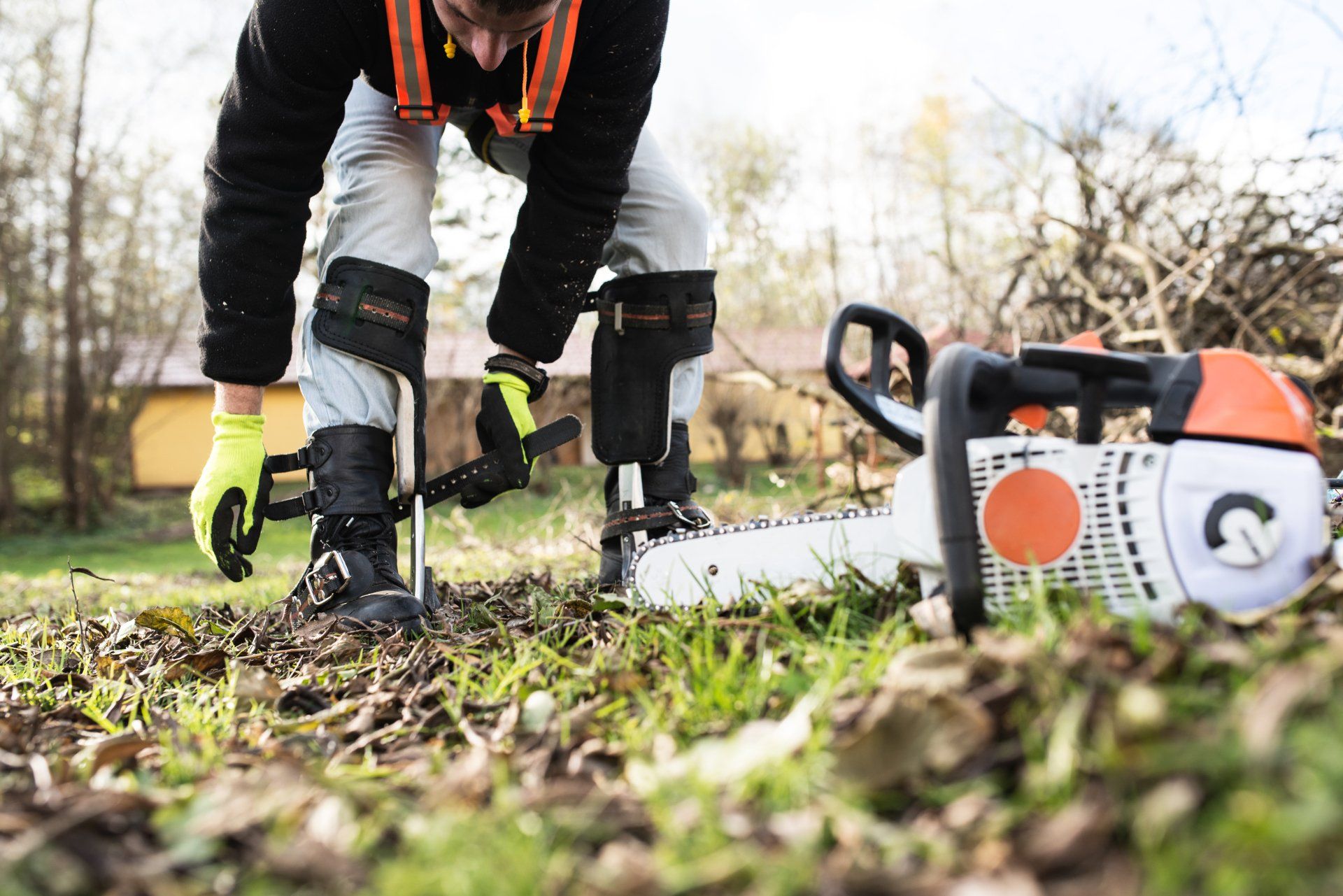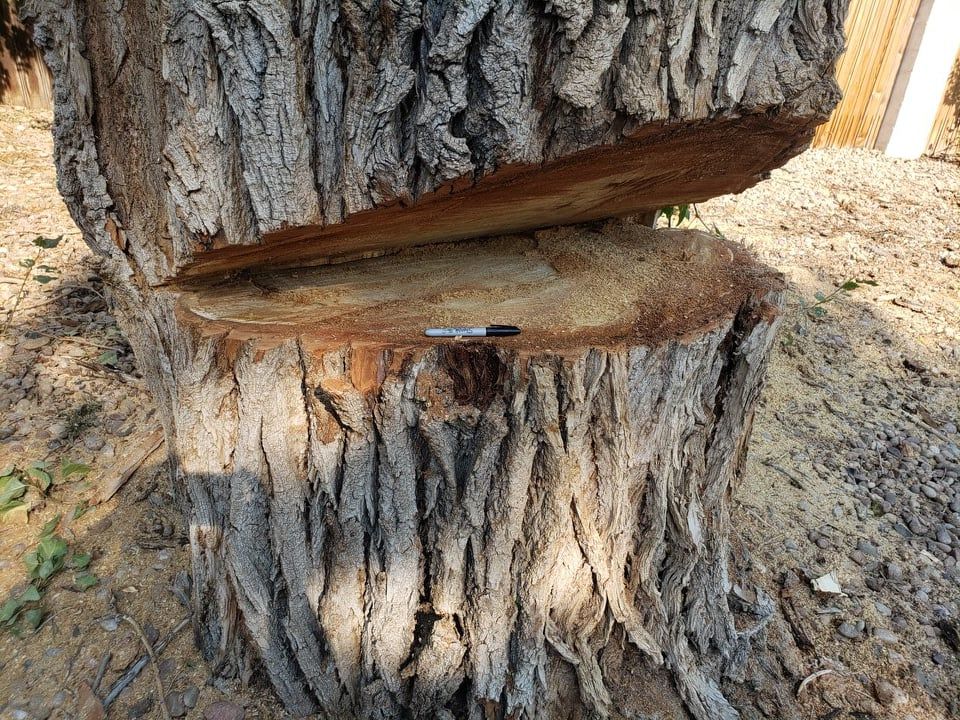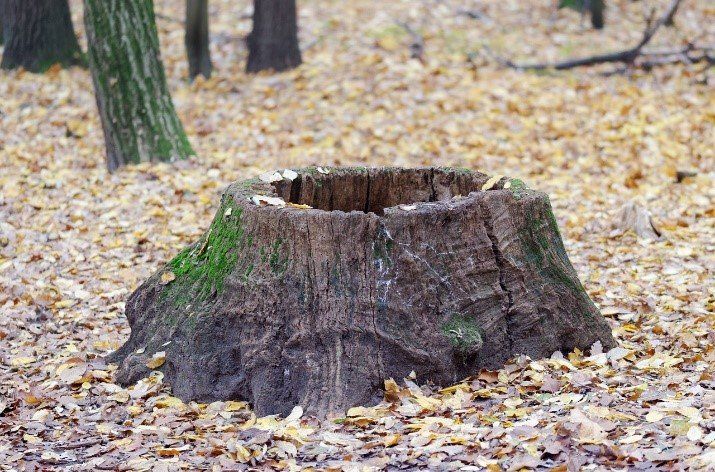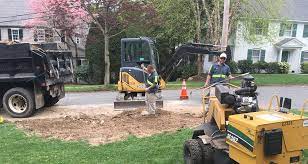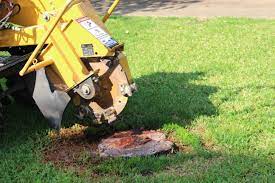How do you stop a tree from leaning over your house?
How do you stop a tree from leaning over your house?
Unless you have a very large house, there’s probably no way to avoid a tree leaning over it. You can take various measures to prevent or mitigate the risk, but that’s about as far as you can go without rebuilding your home from scratch. Because of this, you will need to make sure that the tree is safe and won’t fall on your house at some point in the future. There are a few ways in which you can do this, though they depend rather heavily on the kind of tree in question. If you keep reading, we will tell you everything you need to know before planting a leaning tree by your house.
Assess the Risk
Before you do anything, you will want to understand the risk posed by the leaning tree. This will dictate how aggressively you need to treat the problem, and it will affect how much work and money you need to put into making things safe again. There are a few ways to assess the risk. First of all, you need to get a sense of how far the tree is leaning. Then, you need to understand why it might be leaning. You will also want to get a sense of how much of a risk the tree represents. This can be tricky, but there are a few indicators you can look for.
Be Careful When Planting by Walls
If the tree is leaning towards a wall, you will need to be extra careful when planting a tree nearby. As the tree grows, it could become destabilized and fall towards the wall. This is more likely if you put the tree too close to the wall. One way to get around this is to build a wooden trellis next to the wall. Then, you can plant the tree away from the wall on the other side of the trellis. This way, the trellis will catch the tree if it starts to fall. If you have a brick wall, you may want to consider attaching a metal bracket to the wall to catch the tree if it comes loose.
Monitor the Tree’s Health
Before you do anything else, you will want to make sure the tree is healthy. A leaning tree may be growing towards some obstacle that prevents it from standing upright. If the problem is a lack of sunlight, you can solve the problem by re-positioning the tree. If the problem is an obstacle like a building, you can solve the problem by removing the obstacle. In both cases, you may be able to fix the problem by adjusting the tree. You can also use this opportunity to prune the tree. Pruning can help the tree grow straighter and be less of a risk to your house.
Support With Strings (Tie-backs)
If the leaning tree is young, you may be able to support it with strings. This is especially effective if a tree is leaning towards your house. To do this, you will want to wrap a strong string around the tree in the direction it is leaning. Then, you will want to tie the string to an immovable object nearby. This will give the tree something to lean towards and will help it to grow upright. The support will only be needed for a few years, after which the tree should be strong enough to stand on its own. The main issue with tie-backs is that they can be difficult to remove without damaging the tree. Therefore, you should only use this method as a last resort.
Support With Bracing (V-bridges or X-bridges)
If the leaning tree is large enough or if the tree is too young to use string supports, you may need a more permanent solution. You can do this by building a V-bridge or an X-bridge. A V-bridge is a structure that goes between two trees and attaches them to each other. An X-bridge is a structure that supports a single tree. Both of these structures can support a large amount of weight and can be built from materials you can get at a hardware store. They will, however, cost a bit of money and will take some time to build. If you are not experienced in carpentry, you may want to hire a professional to do the work for you. This may be expensive, but it is better than letting a large tree fall on your house.
Conclusion
You will want to take care when planting a new tree so that it does not end up leaning towards your house. If you do, however, you can use a few simple techniques to prevent or mitigate the risk. If the tree you already have is leaning, you will want to assess the risk and make sure the tree is healthy. Then, you can build a V-bridge or an X-bridge to support the tree when it is too young for string supports.
